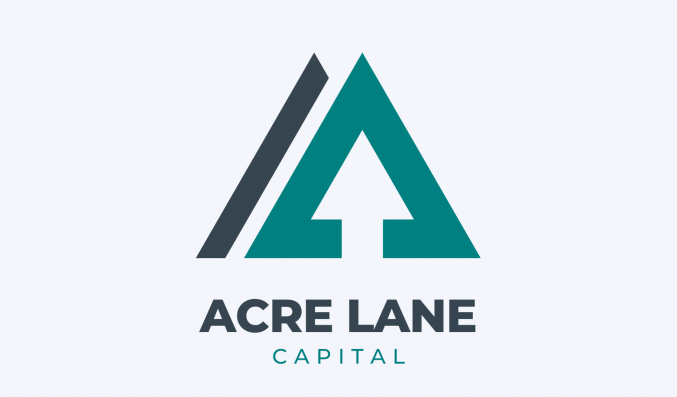Open & Closed Bridging Loans – A Guide
By Helen Jackson

When researching bridging loans, you might have encountered the terms ‘open’ and ‘closed’. This guide gives you a quick overview of the two types, what they mean, and in what circumstances you can get one.
Firstly, let’s revisit what a bridging loan is. It’s short-term finance, usually used by a landlord or property developer to access funds fast to complete the sale or renovation of a property.
It’s used to ‘bridge’ the financial gap between selling a previous property and buying a new one. It can help remove financial pressures when trying to complete on a house sale quickly, or move fast on a property at auction, for example.
What is an Open Bridging Loan?
An open bridging loan is a more flexible option for this type of finance. Instead of working toward a fixed repayment date, the date is flexible. As you’d imagine, this is the most sought after option for borrowers, with no tight repayment schedule and no expensive late payment fines.
An open bridging loan isn’t necessarily as easy to get hold of, as for lenders, it’s riskier. This is because they don’t have a definite date for when the borrower will repay the loan, and because of this, you can expect to pay higher interest rates. This is something you need to consider seriously because bridging finance interest rates are already pretty expensive as it is.
Be aware that although there is no fixed date, the lender will usually expect repayment within a 12-month period.
What is a Closed Bridging Loan?
A closed bridging loan is where the lender has agreed to a fixed repayment date with the borrower. This is perfect for the lender as it reduces the risk, plus it’s better for the borrower too. Why? The borrower can repay the loan quicker, which means you’re not in debt for too long, plus the interest you pay will be substantially lower if you can repay quickly.
If you know when your property will sell, or you have access to funds to pay off the loan soon after you’ve borrowed, a closed bridging loan is a good idea.
You’re likely to find more lenders willing to lend to you if you’re after a closed bridging loan.
What are the core differences between the two?
The main difference between an open and closed bridging loan is the degree of flexibility — and also the cost. The longer you take to pay off your bridging loan, the more it will cost you. Why? Because interest is calculated and paid monthly. The longer you have the loan, the more interest you’ll pay.
Learn more about bridging loan interest rates.
Should I choose an Open or Closed Bridging Loan?
You might find there are more lenders willing to offer you a closed bridging loan; this is because it’s less risky for them. But whether you choose to search for an open or closed bridging loan depends on how quickly you can repay the loan.
For example, if you’re already in the process of selling your property, you know funds will repay the loan quickly in the next few months at least. In this scenario, a closed bridging loan is best. But, if you’ve found a property you want to buy before you’ve even put your current property on the market, you might want to consider an open bridging loan. This is because you don’t know exactly when you’ll have the funds to repay the loan and interest in full.
How do I apply for an Open or Closed Bridging Loan?
Regardless of whether you choose open or closed bridging finance, applying for a bridging loan is relatively easy. You can compare specialist bridging lenders in our directory to find the best deal. Once you’ve located your chosen lender, you can begin the application process.
Wondering how the process works? Read our guide to learn more about the documents, forms and contracts you need when applying for a bridging loan.










You must be logged in to post a comment.